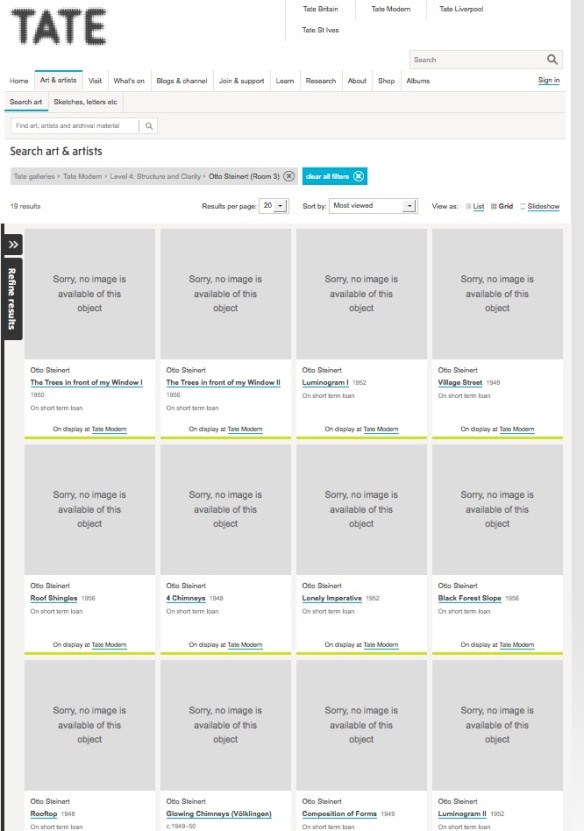Steinert is a very interesting figure, and I’m glad the Tate has devoted even a sketchy effort to bringing him to attention in London. I find that I’m still surprised by the provincialism of photographic rolls of honour. In one or two areas, like fashion or contemporary art, the great photographic names of the upper tiers seem more or less international. You could get very weary travelling around the world seeing exactly the same star works at art fairs and auctions. But in the history of photography and in its various applied areas of specialism, the separations of the nation state are still very much the rule. So, for example, the daguerreotypist partners Albert Sands Southworth and Josiah Johnson Hawes are major lights in the American pantheon barely mentioned in Europe. Mid-twentieth century Germany has more reason than most periods to have been awkward for outsiders to become interested in, and we can understand that. Yet a photographer like Otto Steinert is not some provincial drudge made visible by local jingoism or chauvinism alone. It remains surprising to me that photography — which seems so naturally able to cross cultural boundaries and even to erase them — should in fact be so limited by the language of publication, the market of the publisher, and the funding background of the institutions involved in the promotion of any one name or group.
These things are not easy to break down, and a small display of Steinert in London is a good thing: there have been too few by far. But I do note sourly that if anyone were interested in finding out more about this pioneering photographer, the Tate’s online offering is discouraging.

Search results for the pictures in the Steinert display at Tate. This search was made while the display was open to the public.
One can understand that there are issues of intellectual property which might well prevent the pictures being shown. But it is feeble of the Tate to leave it simply at that. A licence to display them for the relevant period could easily have been obtained. Failing that, good reference should have been made to other places where reproductions of the pictures might be seen. For you can easily imagine a visitor intrigued enough by the Steinert room to seek to find out more, rapidly becoming discouraged or distracted by the blank result of the most obvious first step in the search. And that adds one little element in the continued restricted availability of Otto Steinert to new audiences, in direct contradiction of what the Tate itself is clearly trying to do by showing original prints in the galleries.
There is a perfectly decent reproduction (with a virtual magnifier) of the trees outside Steinert’s window HERE courtesy of the German auction house Lempertz.
[My title, by the way, comes from a poem by Wallace Stevens called The Idea of Order at Key West which I rashly pinned to the board by my desk and which I re-read too many times a day.]
![Otto Steinert Die Bäume vor meinem Fenster II, 1956. [The Trees in Front of my Window II, 1956]](https://francishodgson.com/wp-content/uploads/2015/10/the-trees-in-front-of-my-window-ii-1956-by-otto-steinert.jpg?w=584)